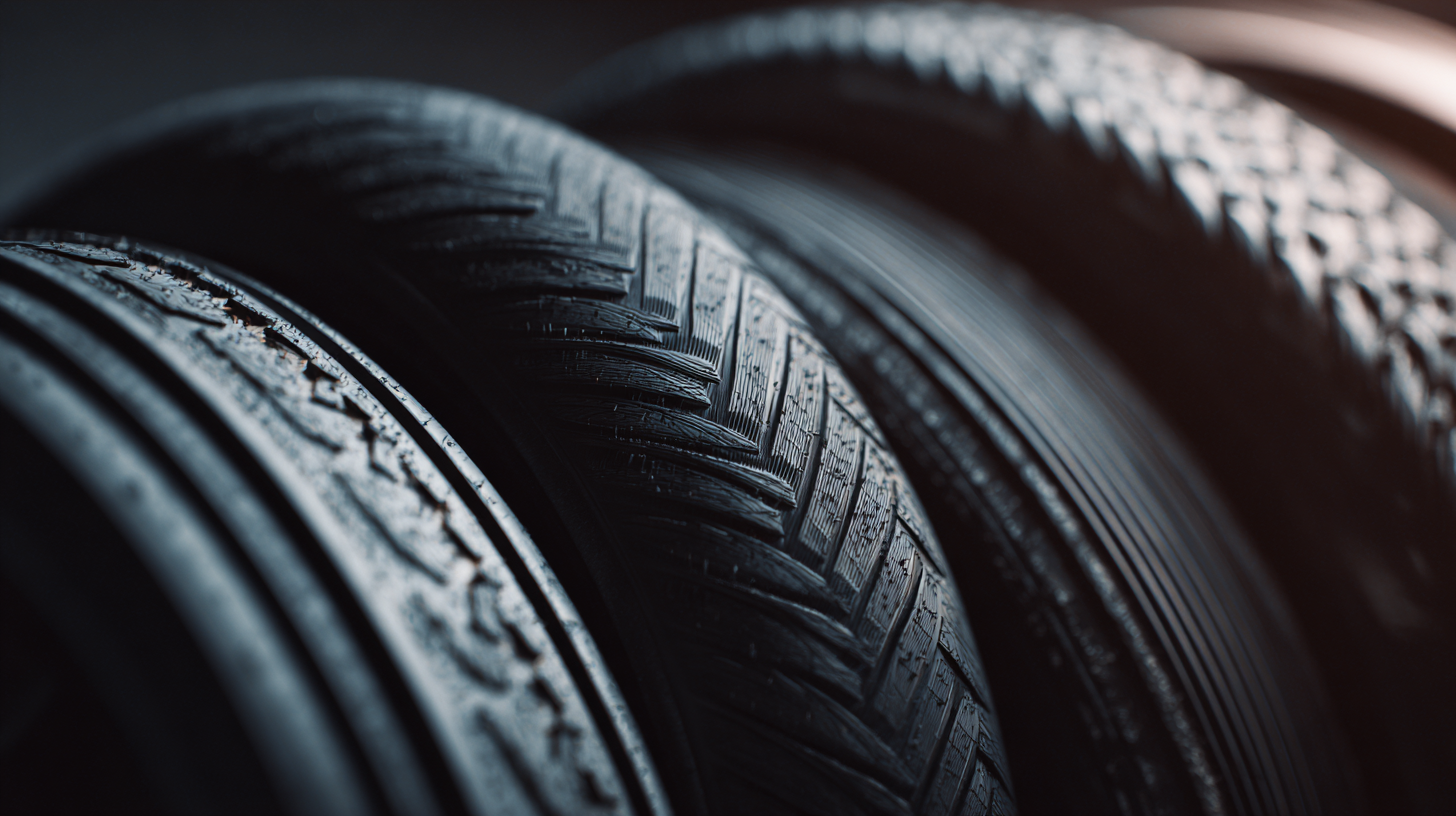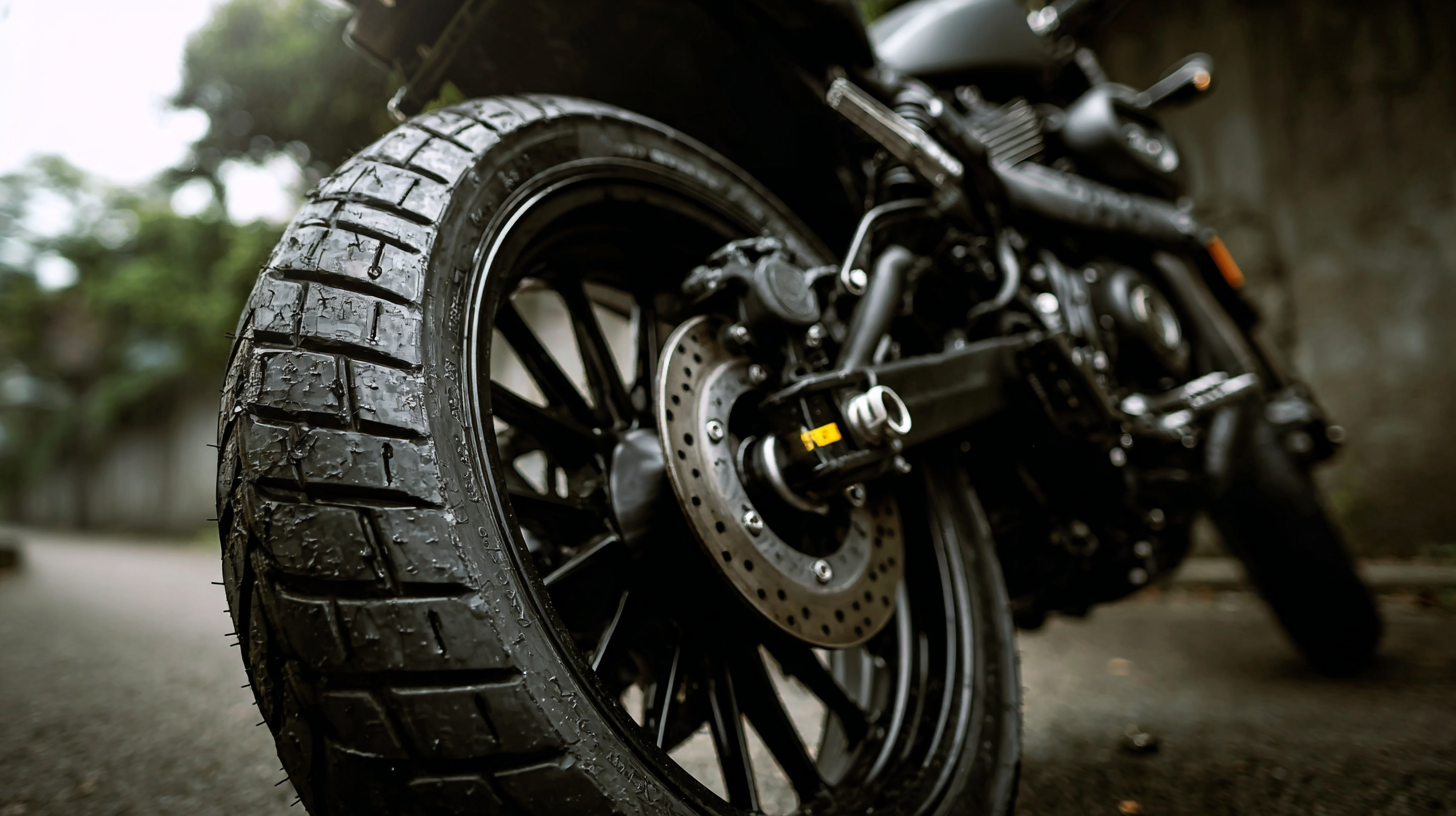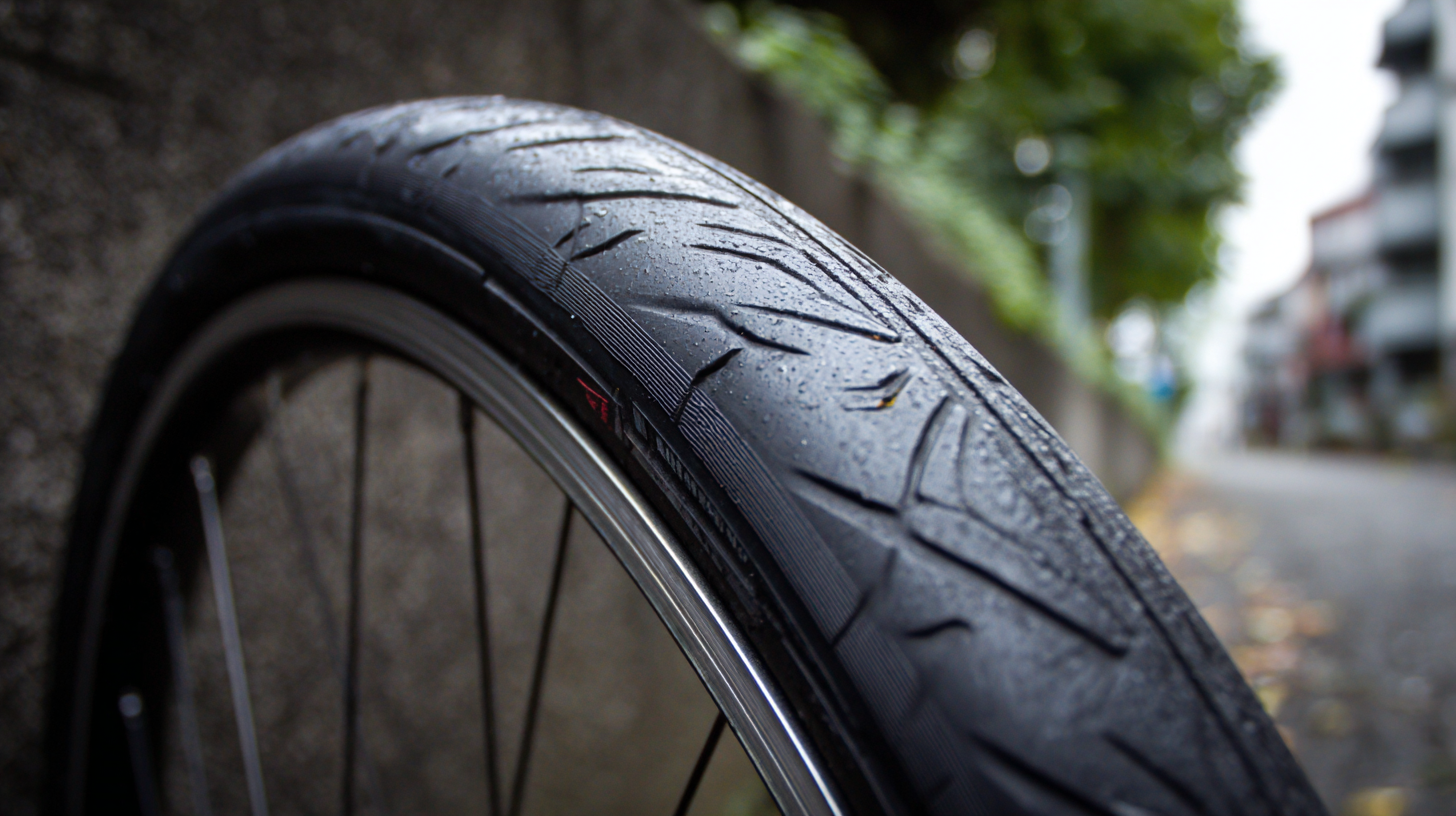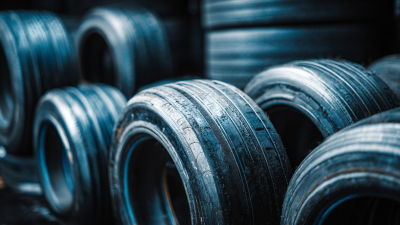Leave Your Message
In the realm of tire maintenance and performance, the choice of the right inner tube for tire durability is paramount. According to a report by the Tire Industry Association, nearly 70% of tire-related failures can be traced back to improper tube selection and installation. The inner tube for tire not only serves the essential purpose of holding air but also contributes significantly to the overall performance, handling, and safety of the vehicle. Enhanced technology in inner tube manufacturing has led to options that provide superior puncture resistance and heat dissipation, vital factors for both regular commuters and high-performance vehicles. With the growing demand for efficient and reliable tire solutions, understanding the various types of inner tubes available is critical for any automotive enthusiast or professional. This guide aims to simplify the process of selecting the appropriate inner tube for tire, ensuring optimal performance and longevity.

When selecting the right inner tube, several key factors must be considered to ensure maximum tire durability and performance. First and foremost, tube material plays a critical role.
Butyl rubber tubes are popular for their excellent air retention and durability, while latex tubes offer lower rolling resistance and a lighter weight, making them ideal for performance-oriented riders. Understanding the terrain and the type of riding you’ll be doing can help you choose the right material to meet your specific needs.
Furthermore, the sizing of the inner tube cannot be overlooked. It is crucial that the inner tube matches the dimensions of the tire for optimal fit and performance. An incorrectly sized tube can lead to pinch flats or blowouts, which not only affects safety but also performance. Additionally, consider the valve type; Schrader valves are more robust and commonly found on mountain bikes, while Presta valves are lighter and more suitable for road bikes.
Each choice you make in this process contributes significantly to the overall durability and longevity of your tires.
 When selecting an inner tube for tires, the material choice plays a crucial role in enhancing both durability and performance. The market is witnessing a significant shift with various materials now available, particularly focusing on the advantages of TPU, latex, and butyl tubes. According to industry reports, the global tyre inner tubes market is projected to reach approximately USD 10.19 billion by 2025, emphasizing the growing demand for high-performance materials that cater to evolving mobility trends.
When selecting an inner tube for tires, the material choice plays a crucial role in enhancing both durability and performance. The market is witnessing a significant shift with various materials now available, particularly focusing on the advantages of TPU, latex, and butyl tubes. According to industry reports, the global tyre inner tubes market is projected to reach approximately USD 10.19 billion by 2025, emphasizing the growing demand for high-performance materials that cater to evolving mobility trends.
Butyl rubber, predominantly used in the production of inner tubes, offers excellent air retention and good durability, making it a preferred choice for many cyclists. However, TPU tubes are gaining popularity due to their lightweight properties and increased puncture resistance, which are essential for competitive cycling. Latex tubes, while offering superior performance and lower rolling resistance, require more maintenance and care.
As manufacturers innovate and explore new materials, the chlorobutyl rubber market is also projected to grow significantly, from USD 1.80 billion in 2025 to USD 2.39 billion by 2032. This reflects a broader industry trend towards materials that not only enhance performance but also cater to the environmental sustainability of cycling products. Selecting the right inner tube material is paramount for optimizing tire performance and ensuring long-term durability.
When it comes to enhancing the longevity of your inner tube, proper installation is key. Start by ensuring that both the tire and rim are clean and free of sharp edges or debris that could puncture the tube. Before fitting, inspect the inner tube for defects and gently inflate it to give it shape. This step helps prevent pinching during installation and prepares the tube for optimal placement within the tire.

Next, when installing the tube, it’s important to work systematically to avoid twisting or kinks. Place the tube inside the tire, starting from the valve stem and ensuring that it sits evenly without folds or overlaps. As you mount the tire onto the rim, avoid using tools that might pinch the tube; instead, rely on your hands to gently push the tire into place. Lastly, inflate the tire gradually, checking for any bulges or irregularities that might signal improper installation. This careful attention to detail will not only boost the performance of the inner tube but also extend its lifespan significantly.
When selecting high-performance inner tubes, it is essential to consider several factors that enhance both tire durability and cycling performance. Among the top options available in 2025, TPU, latex, and butyl inner tubes cater to different cycling needs. TPU tubes are gaining popularity for their lightweight and puncture-resistant qualities, making them an appealing choice for both road and gravel cycling enthusiasts. Meanwhile, latex tubes offer superior flexibility and lower rolling resistance, ideal for competitive riders seeking speed without compromising on comfort.
Several brands have emerged as leaders in this space, providing a range of inner tubes that meet the demands of serious cyclists. Notably, high-quality brands offer competition-grade tubes designed to enhance both performance and protection against flats. It is crucial for cyclists to weigh their options and consider the specific conditions they ride in. Whether prioritizing speed, comfort, or puncture protection, the right inner tube can significantly elevate your cycling experience. Investing in reliable inner tubes not only improves overall tire performance but also contributes to a more enjoyable ride.
| Tube Size (inches) | Material | Weight (grams) | Durability Rating | Performance Rating |
|---|---|---|---|---|
| 26 x 1.95 | Butyl Rubber | 220 | 8.5/10 | 9/10 |
| 27.5 x 2.20 | Silicone | 250 | 9/10 | 8/10 |
| 29 x 2.40 | Latex | 180 | 9.5/10 | 9.5/10 |
| 700 x 25c | Butyl Rubber | 140 | 7/10 | 8/10 |
| 700 x 32c | PVC | 160 | 6.5/10 | 7.5/10 |
Maintaining inner tubes is crucial to ensuring optimal tire functionality and longevity. Regularly check for any signs of wear or damage, such as bulges, cracks, or punctures. If you notice any abnormalities, it’s best to replace the inner tube to prevent unexpected failures while riding. Additionally, keep the valve stem clean and free from debris, as a plugged valve can lead to air leaks. Proper inflation is also essential; under-inflated tires increase the risk of pinch flats, while over-inflation can lead to blowouts.
Another key aspect of maintenance is monitoring the pressure regularly. Invest in a reliable pressure gauge to ensure your inner tubes are inflated to the recommended levels for your specific tires. Moreover, consider using a sealant product, especially for mountain biking or rough terrains, as it can help seal small punctures and prolong the life of your inner tubes. Lastly, store your spare inner tubes in a cool, dry place, away from direct sunlight to avoid degradation, ensuring they're ready for use when needed. By following these maintenance tips, you can enhance your tire performance and overall riding experience.
This chart illustrates the impact of various factors on the performance and durability of inner tubes, rated on a scale from 1 to 10. Material quality and proper air pressure maintenance are crucial for optimal tire functionality.







